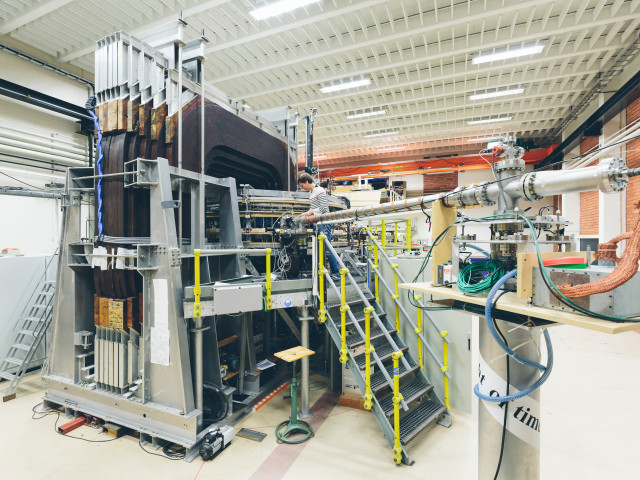The course provides in-depth knowledge and skills in astrophysics with a focus on high-energy astrophysics. The course covers the following topics:
- Compact objects (black holes and neutron stars) and phenomena related to these objects (eg active galactic nuclei, pulsars and gamma rays) with special focus on the radiation they produce.
- Radiation processes: Compton, synchrotron and bremsstrahlung
- Accumulation of matter (accretion) on neutron stars and black holes
- Astrophysical applications of relativity and shock physics
- Observations, data analysis and experimental methods in high energy astrophysics
